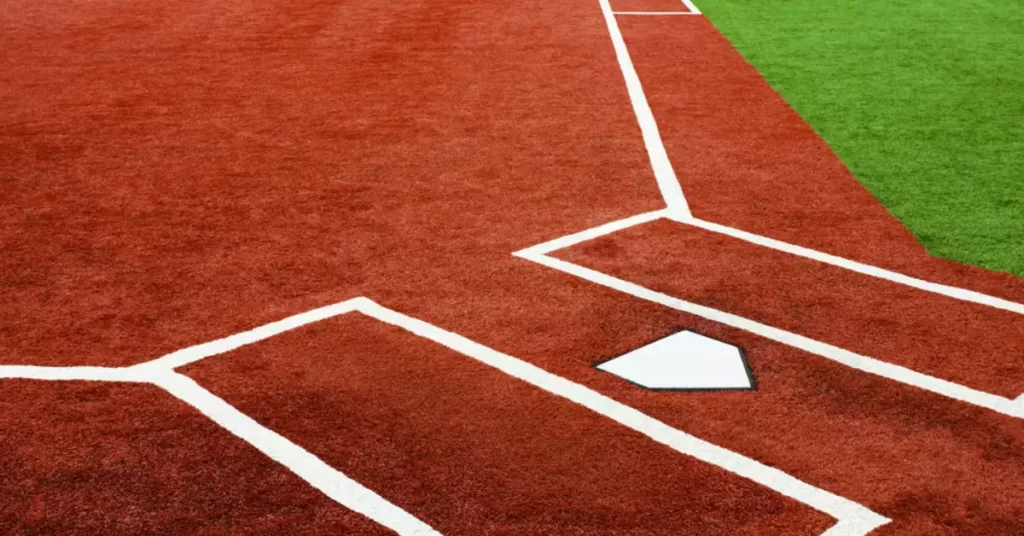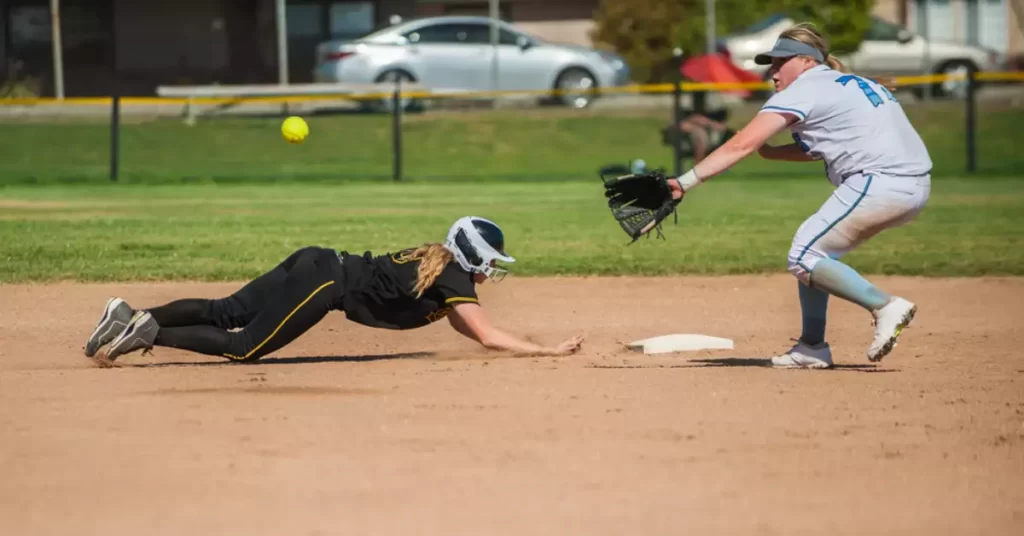Softball is a sport full of unique terminology and techniques. Among these, the concept of a putout is essential for understanding the game’s dynamics. For newcomers, grasping this term might seem challenging.
A putout in softball occurs when a fielder retires a batter or runner, preventing them from reaching or advancing bases. This fundamental defensive play can happen in various ways, contributing to a team’s overall strategy.
To appreciate the significance of putouts, one must dive deeper into the different scenarios and rules involved. Unraveling this aspect of softball not only enhances your understanding but also elevates your enjoyment of the game.
What is a Putout in Softball?
A putout in softball occurs when a defensive player successfully retires a batter or a baserunner, preventing them from advancing around the bases and ultimately scoring a run.
In other words, a putout is a key defensive play that contributes to the overall success of a team by preventing the opposing team from scoring runs.
The Importance of Putouts in a Softball Game
Defensive Strategy
Putouts are vital to a team’s defensive strategy, as they help limit the opposing team’s opportunities to score runs.
By achieving putouts, the defense can prevent the offense from getting on base, advancing around the bases, or reaching home plate, all of which are necessary for scoring runs.
Team Dynamics
Putouts also contribute to the overall team dynamics, as they require excellent communication, coordination, and cooperation among players.
A successful putout often involves multiple players working together, from the pitcher and catcher to the infielders and outfielders.

Different Types of Putouts
Force Out
A force out occurs when a defensive player has possession of the ball and touches a base to which a base runner is forced to advance before the runner reaches it.
This commonly happens when a ground ball is hit, and the baserunner must advance to the next base due to a following runner or because the batter becomes a runner.
Tag Out
A tag out happens when a defensive player with possession of the ball tags a baserunner who is not in contact with a base.
This can occur if the baserunner attempts to steal a base, is caught in a rundown, or overruns a base.
Fly Out
A fly out takes place when a defensive player catches a batted ball before it touches the ground.
Once the ball is caught, the batter is out, and any baserunners must tag up (return to their original base) before advancing.
Strike Out
A strike out is achieved by the pitcher when they throw three strikes to the batter, resulting in an out.
This type of putout is unique because it does not involve any other defensive players in the process.
Key Player Roles in Achieving Putouts
Pitcher
The pitcher plays a crucial role in putouts by delivering accurate and challenging pitches that make it difficult for the batter to hit the ball.
By striking out batters or inducing weak contact, the pitcher contributes significantly to the defense’s ability to achieve putouts.
Catcher
The catcher is essential in putouts as they receive the pitches, call the game, and communicate with the pitcher.
Catchers are also responsible for tagging out baserunners attempting to steal home plate or scoring on a passed ball.

Infielders
Infielders, including the first baseman, second baseman, shortstop, and third baseman, are critical in achieving putouts.
They field ground balls, catch pop flies, and execute force outs and tag outs on the base paths.
Outfielders
Outfielders, positioned in the left, center, and right fields, are responsible for catching fly balls and preventing extra-base hits.
They play a key role in putouts by backing up the infielders and throwing runners out who are trying to advance on the base paths.
Putouts and Errors
Putouts are closely related to errors, which occur when a defensive player fails to make a play that would have resulted in a putout if executed correctly.
Errors can lead to additional scoring opportunities for the opposing team, emphasizing the importance of successfully achieving putouts to minimize the opposition’s chances of scoring.
How to Improve Your Putout Skills
Practice
Improving your putout skills starts with practice. Regularly work on fielding ground balls, catching fly balls, and perfecting your throwing technique to enhance your defensive abilities.
Communication
Good communication is vital for successful putouts. Make sure you’re always talking to your teammates, sharing information about the game situation, and coordinating defensive plays.
Teamwork
Teamwork is the foundation of successful putouts. Understand your role within the team and trust your teammates to do their part. Work together to develop a cohesive and effective defensive unit.
Putout Records in Softball
Putout records in softball serve as a testament to the defensive prowess of individual players and teams.
These records can highlight exceptional performances and showcase the importance of putouts in the overall success of a team.
FAQs
What is the difference between a putout and an assist in softball?
A putout is when a defensive player retires a batter or baserunner, while an assist occurs when a player contributes to a putout by throwing the ball to another player who completes the putout.
Can a pitcher earn a putout?
Yes, a pitcher can earn a putout by catching a batted ball, fielding a ground ball and throwing to first base, or by striking out a batter.
What happens if a fielder drops a fly ball?
If a fielder drops a fly ball that could have reasonably been caught, it is considered an error. The batter is not out, and any base runners may advance at their own risk.
Conclusion
Understanding the concept of putouts in softball is crucial for both players and fans alike.
As an essential defensive play, putouts not only help prevent the opposing team from scoring runs but also contribute to the overall team dynamics by promoting communication, coordination, and cooperation.
By familiarizing yourself with different types of putouts, key player roles, and strategies for improving putout skills, you can deepen your appreciation for the game and enhance your performance on the field.
